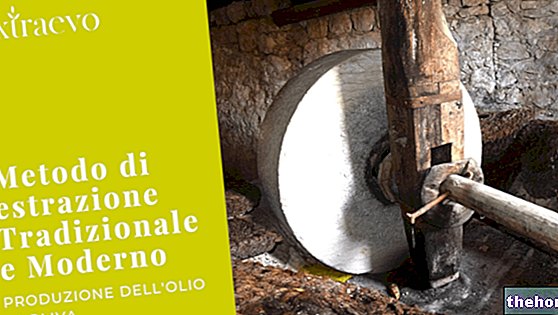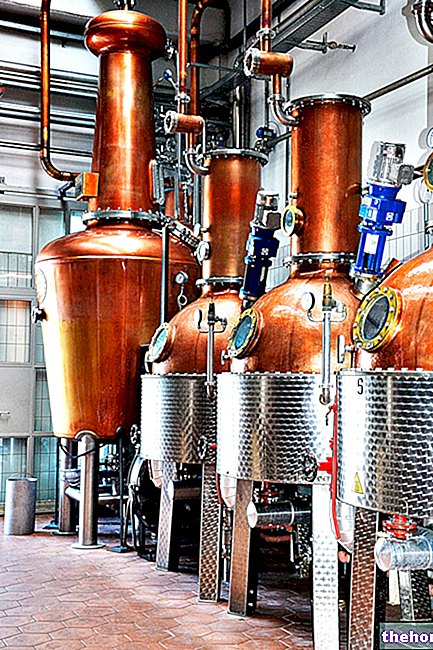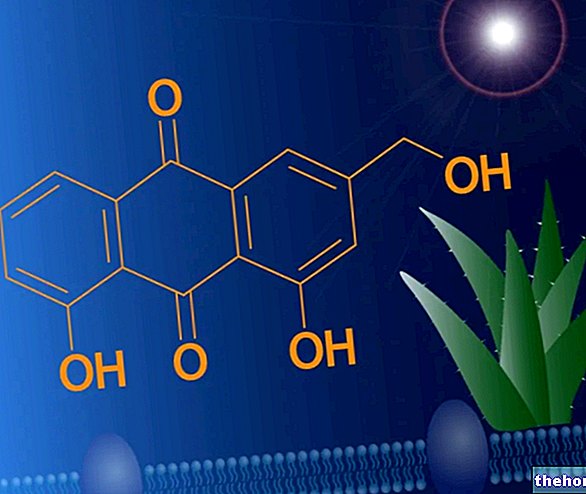TOMATO: Solanum lycopersicum, fam. Solanaceae; the fruit, called berry, is well known in the food sector, but also sought after as a source of antioxidant substances of a carotenoid nature, such as lycopene, responsible for the reddish color. Carotenoids are part of the formulations of food supplements and anti-aging cosmetics.
JOJOBA: Simmondsia californica or chinensis, fam. Buxaceae; is a shrub of North American origin, the seeds are the drug. From the seeds the Indians of America obtained an oil, for cosmetic use, as a protector of burns and erythema. Today jojoba oil (better defined as liquid wax, because it does not contain a triglycerine fraction) is found in numerous dermofunctional products; due to its emollient properties it is also used in sun and after-sun products; it is rich in tocopherols and tocotrienols, known as vitamin E, antioxidant and protective substances.
COCA: Erythroxylon coca, fam. Erythroxylaceae; is a shrub or small tree from South America, which grows in high ground. The dried leaves constitute the drug, which in the Andean localities represents a social drug. The chewing of the drug determines a state of excitement and an "anesthesia of the wall of the oral, esophageal and gastric mucosa, which reduces the sense of hunger and thirst. The active ingredient, cocaine, an alkaloid with properties anesthetics: until a few decades ago it was used by dentists as a local anesthetic. In our culture, coca has taken on the aspect of drug abuse for narcotic purposes.
CHINA: gen. Cinchona; typical tree of the Andes. There are several species: officinalis, succirubra, Ledgerian ... The part used is the bark from which numerous alkaloids are extracted, which represent quinine, the antimalarial drug par excellence of populations who do not access modern technological drugs. Quinine constitutes the phytocomplex of the drug, while the active ingredient of antimalarial drugs is quinine, one of the many alkaloids contained in quinine.
Some malaria plasmodia have developed considerable resistance to the active ingredient quinine, which is why antimalarial drugs are ineffective. This explains a return to the use of the source as a phytocomplex, to which the plasmodium of malaria is still susceptible. The antimalarial action exerted by the phytocomplex, quinine, is the result of the action of several active ingredients, which act synergistically to determine the same pharmacological effect. Plasmodium is not resistant to the phytocomplex, because it performs an "antimalarial action that is qualitatively different from that of the active ingredient quinine: the alkaloids that make up the quinine phytocomplex possess an" action similar to that of pa Quinine, but the perform differently.
Other articles on "Plants originating from" America "
- Plants imported from America
- Pharmacognosy
- China: eupeptic, antimalarial and aperitif properties



























